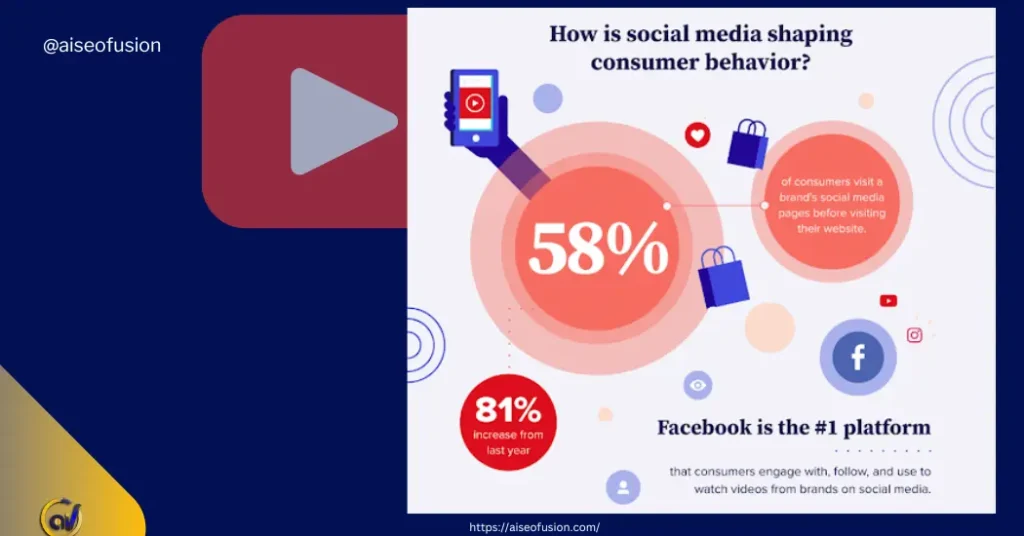3 WAYS TRANSCRIPTS AND CAPTIONS BOOST VIDEO SEO
Table of Contents

In today’s digital age, content marketing has come a long way, and video content is a major aspect of it. Video dominates internet traffic with a massive 65% share, and 91% of organizations use video as a marketing tool in 2023. As a dynamic and engaging format, video enables a brand to engage with their audience better than statics.
But creating YouTube SEO-optimized videos is not enough. For you to optimize search rankings to the maximum, it is essential that your videos are optimized for search engines. It is here that video metadata, long-tail words, and video transcripts become important considerations. By using these considerations in your SEO (Search Engine Optimization) strategy, you are able to enhance keyword density, visibility, and engagement.
The Role of Video Transcripts in SEO
SEO is all about making a website’s page rank higher and causing organic traffic. But it is essential to remember that search engines cannot “watch” videos. Rather, they use video transcripts, video metadata, and captions to understand and index content competently.
A good transcript gives an exhaustive text description of the content in a video, making it easy for search engines to gauge relevance. Contrary to keyword stuffing, which negatively impacts search rankings, the strategic implementation of low competition words in transcripts forms a natural keyword strategy that raises visibility without penalty.
For instance, placing a video transcript on a direct YouTube channel growth page enables search engines to index the content, increasing the chances of ranking for targeted search queries. Further, the implementation of both short-tail and long-tail phrases in the transcript enables a diverse and effective keyword strategy.
1) The Alignment of Video Transcripts with Long-Form Search Queries
If you’re publishing long-form video content such as webinars, video transcripts are just as beneficial for SEO as long-form blog posts. Blog posts with over 2,000 words rank higher in search, according to HubSpot. With transcripts embedded, your YouTube keyword research becomes more potent, allowing search engines to recognise and rank your videos correctly.
To optimize video SEO, ensure that:
- Keyword research is mapped to target search queries
- The URL, title, H1, and H2 headers include primary keywords
- Video transcripts rank higher on Google strategies
These minor adjustments can drastically improve search visibility.
2) Video Transcripts Increase Audience Engagement

Videos aren’t just for search rankings—but also to engage and educate. Brightcove’s 2022 survey finds that 85% of marketers say video is their most effective engagement tool. With accessibility and SEO in mind, including closed captioning for beginners and video transcripts, you ensure that content is seen by a wider audience, including those who prefer reading over watching.
Furthermore, video accessibility isn’t only about reaching more viewers—but also impacts video engagement metrics such as:
- Session time
- View count
- Average watch duration
As search engines favour content that keeps users engaged, optimization with video transcripts is a pivotal part of any video SEO st
3) Unlocking Key Metrics with Video SEO Best Practices
Videos that incorporate video metadata, keyword research, and keyword optimization perform better. Whether you’re producing product demos, tutorials, or reviews, strategic positioning of low competition keywords within transcripts enhances discoverability and makes your brand rank higher on Google.
Optimized video content should incorporate:
- YouTube keyword research for improved topic targeting
- Correct keyword density to prevent keyword stuffing
- Accessibility and SEO features such as captions and alt text
In addition, e-commerce video content with precise video transcripts boosts conversions. 84% of customers say they are more likely to buy after watching a product video, making SEO-friendly content a game-changer for companies.
Accuracy Matters: The Key to SEO Success
Automatic speech recognition (ASR) tools may offer a fast method for generating transcripts, but they tend to be inaccurate. Industry standards demand at least 99% accuracy, whereas ASR engines usually struggle at around 80%. Inaccurate video transcripts can result in poor search rankings and misinformation.
By focusing on high-quality, keyword-optimized transcripts, companies can craft a winning SEO approach to video. Video SEO is more than a technique for optimizing—it’s a method for boosting search rankings, driving engagement, and offering a fair user experience.
Final Thoughts: Boost Your Video SEO with Transcripts
Video content remains the king of digital marketing, and search ranking optimization is vital. By leveraging video transcripts, keyword research, and video metadata, brands can dramatically improve their YouTube SEO performance.
Whether you want to rank higher on Google, enhance YouTube channel growth, or boost engagement, focusing on accessibility and SEO-friendly content is the way to win.
Ready to elevate your video strategy?
Begin optimizing your content today with precise video transcripts and intentional keyword placement!
Now is the perfect time to assess your Youtube SEO Strategies. Are you having any confusion in planning the best for yourself? If you’re unsure or need help fine-tuning your approach, consider consulting with a Youtube SEO expert who can guide you in the right direction. Don’t leave your Channel’s success to chance—take action today to optimize your Content and maximize your reach.
AI-SEO FUSION
Email: info@aiseofusion.com
Call: +92-3335232846
©2025 AI SEO Fusion. All Rights Reserved.
